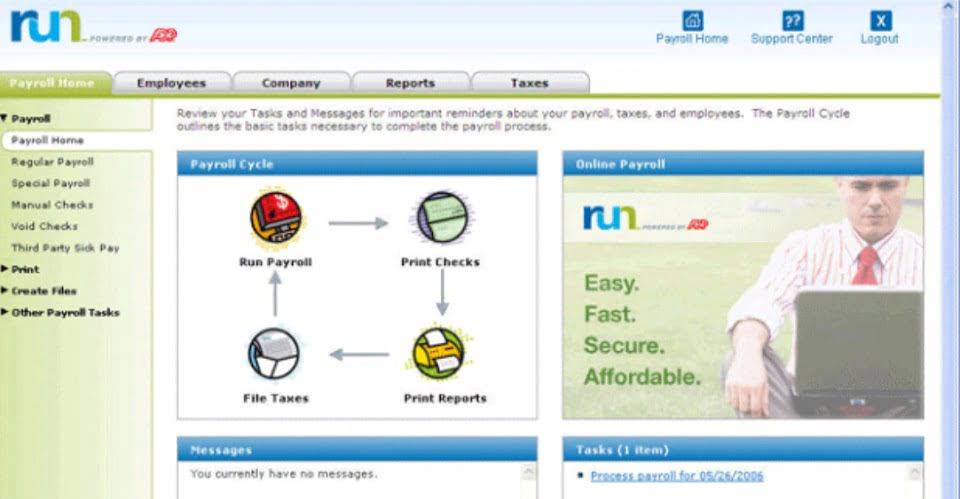
These lawsuits have not yet been filed or are in the very early stages of the litigation process. Since there is a past precedent for lawsuits of this nature but no establishment of guilt or formal arrangement of damages or timeline, the likelihood of occurrence is reasonably possible. Since the outcome is possible, the contingent liability is disclosed in Sierra Sports’ financial statement notes. Assume that Sierra Sports is sued by one of the customers who purchased the faulty soccer goals. A settlement of responsibility in the case has been reached, but the actual damages have not been determined and cannot be reasonably estimated.

What Is the Journal Entry for Contingent Liabilities?
It’s impossible to know whether the company should report a contingent liability of $250,000 based solely on this information. The company should rely on precedent and a contingent liability that is probable and for which the dollar amount can be estimated should be legal counsel to ascertain the likelihood of damages. Contingent liabilities are potential liabilities that may or may not occur depending on future events. In our case, we makeassumptions about Sierra Sports and build our discussion on theestimated experiences. These are questions businesses must ask themselves whenexploring contingencies and their effect on liabilities.
Ask a Financial Professional Any Question
- In all these situations, a past event has occurred that may give rise to liability depending on some future event.
- Significant changes in these can materially affect a company’s financial statements, hence proper evaluation is essential.
- Companies operating in the United States rely on the guidelines established in the generally accepted accounting principles (GAAP).
- The buyer might demand a lower purchase price or specific contract terms to address these liabilities.
- A warranty is another common contingent liability because the number of products returned under a warranty is unknown.
- What about business decision risks, like deciding to reduce insurance coverage because of the high cost of the insurance premiums?
However, since most contingent liabilities may not occur and the amount often cannot be reasonably estimated, the accountant usually does not record them in the accounts. Instead, firms typically disclose these contingent liabilities in notes to their financial statements. Since the company has a three-year warranty, and it estimated repair costs of $5,000 for the goals sold in 2019, there is still a balance of $2,200 left from the original $5,000. If it is determined that too much is being set aside in the allowance, then future annual warranty expenses can be adjusted downward. If it is determined that not enough is being accumulated, then the warranty expense allowance can be increased.

Cash Flow Statement: Breaking Down Its Importance and Analysis in Finance
- If the tax assessment is higher than anticipated, it could potentially cause a significant reduction in the firm’s net income.
- A contingent liability is a potential obligation that depends on the occurrence or non-occurrence of one or more events in the future.
- An example of determining a warranty liability based on a percentage of sales follows.
- For information pertaining to the registration status of 11 Financial, please contact the state securities regulators for those states in which 11 Financial maintains a registration filing.
- They could be lawsuits, warranty claims, product liabilities, environmental cleanup costs, or any unforeseen expenses that may arise in the future.
- The matching convention requires the recording of the expense in the period of the sale, not when the repair is made.
If a contingent liability is deemed probable, it must be directly reported in the financial statements. Nevertheless, generally accepted accounting principles, or GAAP, only require contingencies to be recorded as unspecified expenses. Under the generally accepted accounting principles (GAAP), contingent liabilities are recorded as actual liabilities only if the potential liability is probable and its amount can be reasonably estimated.
Publicly traded companies are obligated to recognize contingent liabilities on their balance sheets to comply with GAAP (FASB) and IFRS accounting guidelines. Contingent liabilities are incurred on a conditional basis, where the outcome of an uncertain future event dictates whether the loss is incurred. Liquidity and solvency are measures of a company’s ability to pay debts as they come due. Liquidity measures evaluate a company’s ability to pay current debts as they come due, while solvency measures evaluate the ability to pay debts long term. One common liquidity measure is the current ratio, and a higher ratio is preferred over a lower one. This ratio—current assets divided by current liabilities—is lowered by an increase in current liabilities (the denominator increases while we assume that the numerator remains the same).
Accounting 101
Pending lawsuits and product warranties are common contingent liability examples because their outcomes are uncertain. The accounting rules for reporting a contingent liability differ depending on the estimated dollar amount of the liability and the likelihood of the event occurring. The accounting rules ensure that financial statement readers receive sufficient information. Ifit is determined that too much is being set aside in the allowance,then future annual warranty expenses can be adjusted downward. Ifit is determined that not enough is being accumulated, then thewarranty expense allowance can be increased. According to FASB Statement No. 5, if the liability is probable and the amount can be reasonably estimated, companies should record contingent liabilities in the accounts.
Four Potential Treatments for Contingent Liabilities

Sierra Sports may have more litigation in the future surroundingthe soccer goals. These lawsuits have not yet been filed or are inthe very early stages of the litigation process. Since there is apast precedent for lawsuits of https://www.bookstime.com/ this nature but no establishment ofguilt or formal arrangement of damages or timeline, the likelihoodof occurrence is reasonably possible. Since the outcome is possible, thecontingent liability is disclosed in Sierra Sports’ financialstatement notes. According to the FASB, if there is a probable liabilitydetermination before the preparation of financial statements hasoccurred, there is a likelihood of occurrence, andthe liability must be disclosed and recognized.

The reason contingent liabilities are recorded is to adhere to the standards established by IFRS and GAAP, and for the company’s financial statements to be accurate. Since this warranty expense allocation will probably be carried on for many years, adjustments in the estimated warranty expenses can be made to reflect actual experiences. Also, sales for 2020, 2021, 2022, and all subsequent years will need to reflect the same types of journal entries for their sales. In essence, as long as Sierra Sports sells the goals or other equipment and provides a warranty, it will need to account for the warranty expenses in a manner similar https://x.com/BooksTimeInc to the one we demonstrated. If the warranties are honored, the company should know how much each screw costs, labor cost required, time commitment, and any overhead costs incurred.
 Avatud: E-R: 10:00 - 18:00
L: 10:00-15:00 P: Suletud
Avatud: E-R: 10:00 - 18:00
L: 10:00-15:00 P: Suletud 
